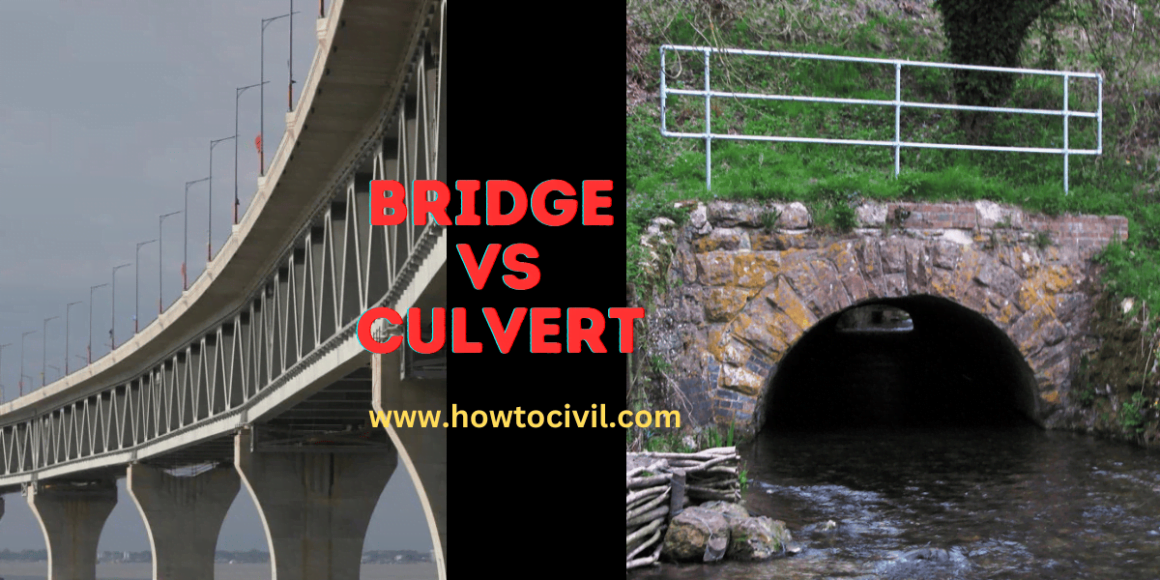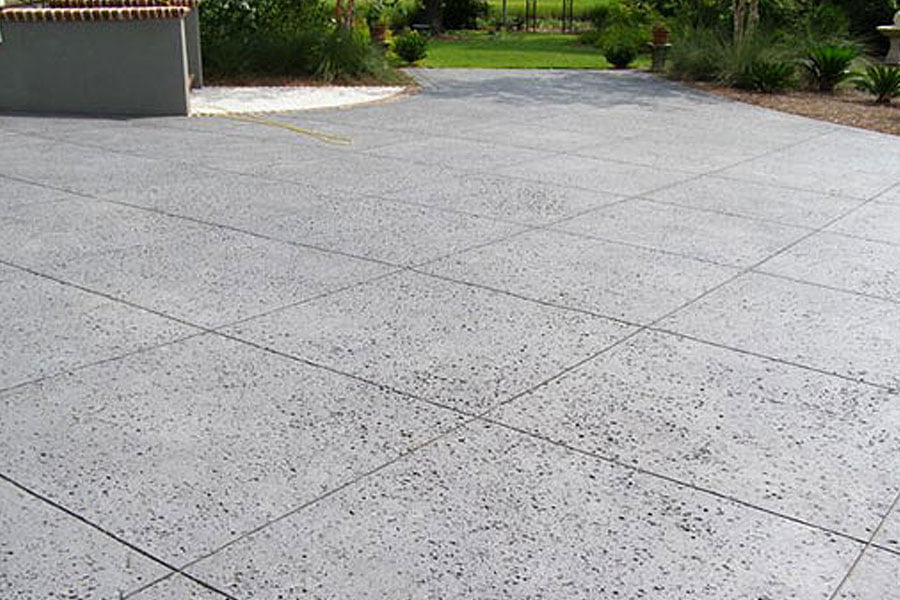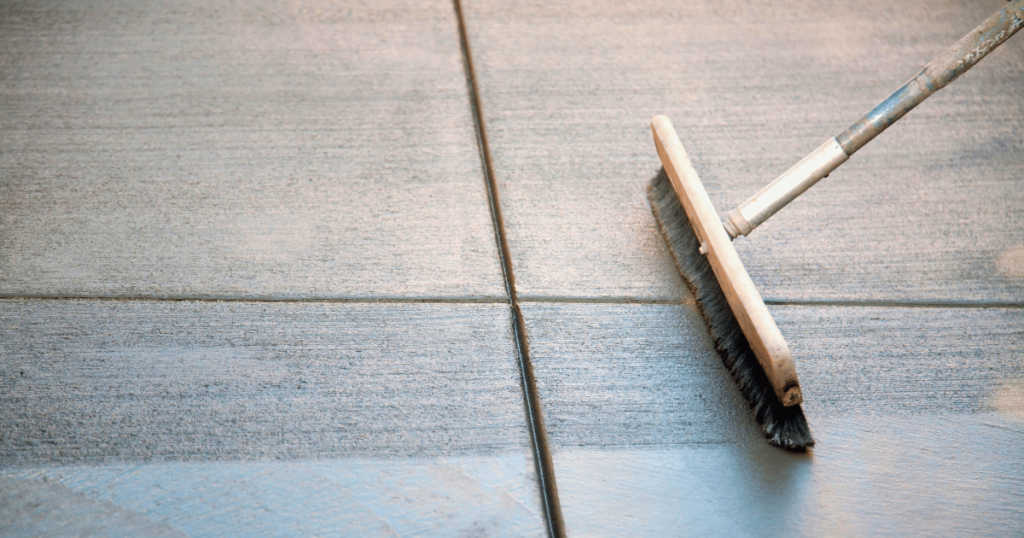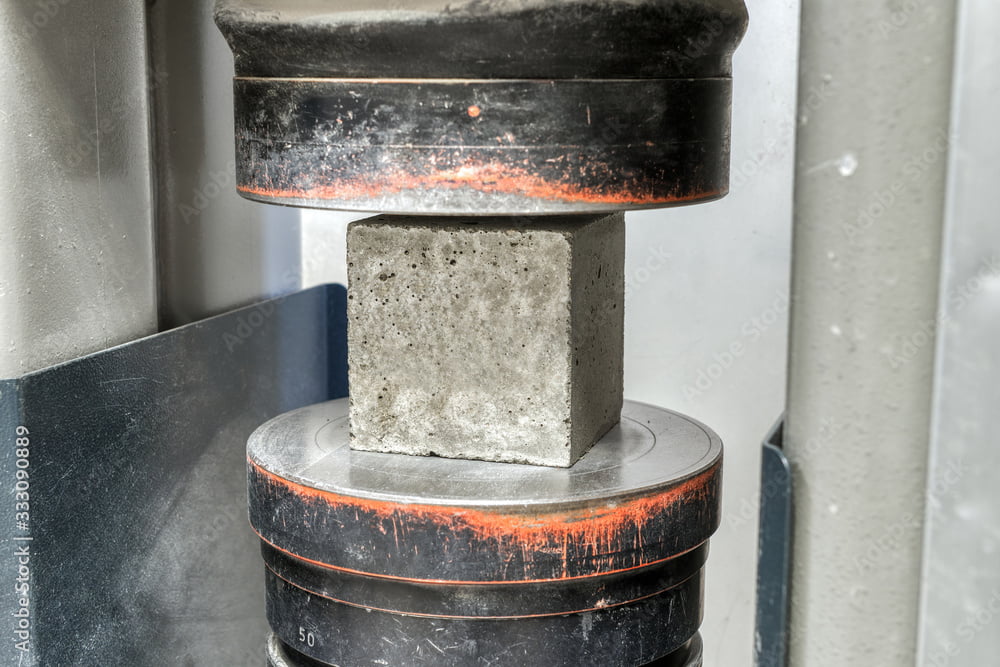Welcome to the article Key differences between bridges and culverts. Despite being used interchangeably by some, these two structures have distinct purposes, designs, and functions in our modern infrastructure. In this article, I will provide an in-depth analysis of bridges and culverts, highlighting their differences and the engineering principles that guide their construction.
Definition and Purpose
Bridges: A bridge is a structure built to span physical obstacles, such as bodies of water, valleys, or roads, without closing the way underneath. It is designed to carry pedestrians, vehicles, or even trains from one side of the obstacle to the other, facilitating movement and connectivity.
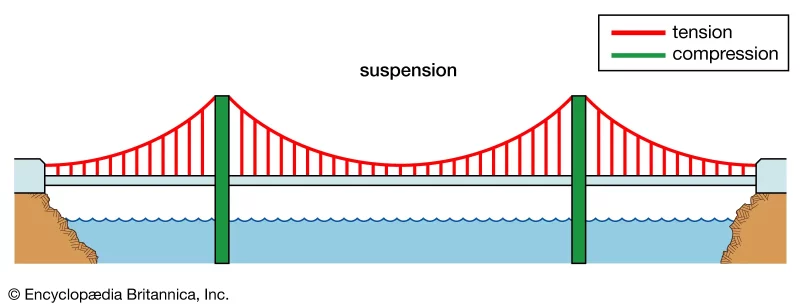
Culverts: Culverts, on the other hand, are structures that allow water to flow under a road, railway, or similar transportation infrastructure. They help in managing water flow and preventing flooding by conveying stormwater and other runoff away from these essential pathways. Culverts can also serve as passages for small animals, maintaining ecological connectivity.
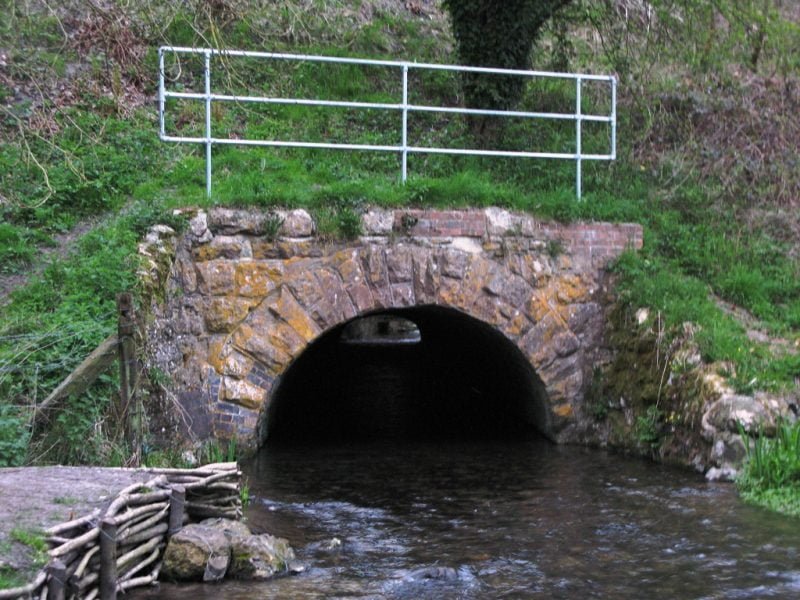
Design and Construction
Bridges: Bridges are complex structures designed to support a significant amount of load. They require careful planning and engineering, considering factors such as span length, load capacity, and environmental conditions. Various types of bridges exist, including beam bridges, truss bridges, arch bridges, suspension bridges, and cable-stayed bridges, each with its unique design characteristics and construction methods.
Culverts: Culverts are simpler structures compared to bridges. They can be made from a variety of materials, including concrete, metal, and plastic. Culverts come in different shapes, such as circular, elliptical, or rectangular, and can be installed as single or multiple-barrel configurations depending on the required water flow capacity. The design of culverts primarily focuses on hydraulics and flow capacity to ensure efficient water conveyance.
Load-bearing Capacity
Bridges: Bridges are designed to support heavy loads, including the weight of the structure itself (dead load) and the forces exerted by moving vehicles, pedestrians, or trains (live load). They must also account for environmental factors like wind, temperature fluctuations, and potential seismic activity. Engineers must carefully consider these factors to ensure the bridge’s long-term stability and safety.
Culverts: Culverts are not designed to carry vehicular loads directly. Instead, they support the weight of the fill material and the roadway built above them. While culverts must still be designed to withstand the pressure exerted by the surrounding soil and water, their load-bearing capacity is generally lower than that of bridges.
Maintenance and Lifespan
Bridges: Due to their complexity and the various factors affecting their structural integrity, bridges require regular inspection and maintenance. This ensures they remain safe for users and maintain their expected lifespan, which can range from 50 to 100 years or more, depending on the materials and design.
Culverts: Culverts typically have a lower maintenance requirement compared to bridges. However, they still need periodic inspection and cleaning to remove debris and sediment build-up, ensuring unobstructed water flow. Properly maintained culverts can have a lifespan of 25 to 100 years, depending on the material used and environmental factors.
You may check the below comparison table
| Feature | Bridge | Culvert |
| Purpose | To span physical obstacles for transportation | To convey water under transportation infrastructure |
| Design Complexity | Complex, with various types and designs | Simpler, focusing on hydraulics and flow capacity |
| Load-bearing | Designed to support heavy loads (vehicles, pedestrians, etc.) | Supports fill material and roadway weight, lower capacity |
| Construction Material | Steel, concrete, wood, etc. | Concrete, metal, plastic, etc. |
| Shape | Varies depending on the bridge type | Circular, elliptical, or rectangular |
| Maintenance | Regular inspection and maintenance required | Lower maintenance requirement, periodic inspection needed |
| Lifespan | 50 to 100 years or more | 25 to 100 years, depending on the material and environment |
| Environmental Impact | Higher due to the larger size and construction process | Lower, often used for ecological connectivity |
| Cost | Generally higher due to complex design and materials | Lower, simpler design and materials |
| Foundation | Requires a well-engineered foundation for stability | Installed within the embankment, a less complex foundation |
| Aesthetics & Landmarks | Often iconic and visually striking, can serve as landmarks | Less visible, not usually considered landmarks |
| Types/Styles | Beam, truss, arch, suspension, cable-stayed, etc. | Box, pipe, pipe arch, and arch culverts |
| Functionality | Primarily for transportation | Primarily for water flow management and flood prevention |
| Vulnerability to Damage | Susceptible to damage from natural disasters and accidents | Less vulnerable, usually protected by the surrounding soil |
While both bridges and culverts serve essential functions in our infrastructure, they differ significantly in their purpose, design, load-bearing capacity, and maintenance requirements. Understanding these differences is crucial for civil engineers and other stakeholders involved in planning, designing, and maintaining transportation infrastructure. By appreciating the unique characteristics of each structure, we can continue to create safe, efficient, and sustainable pathways for people, vehicles, and the environment.

